I don't mean just stuff that looks crazy or frightening. I'm talking about animals that actually inspired monster stories. Got the idea from the oarfish thread, an eel-like fish that gets up to 26 feet long and likely was the basis for many "sea monster" sightings.
The hippopotamus is almost certainly the inspiration behind the "Behemoth" of Biblical times:
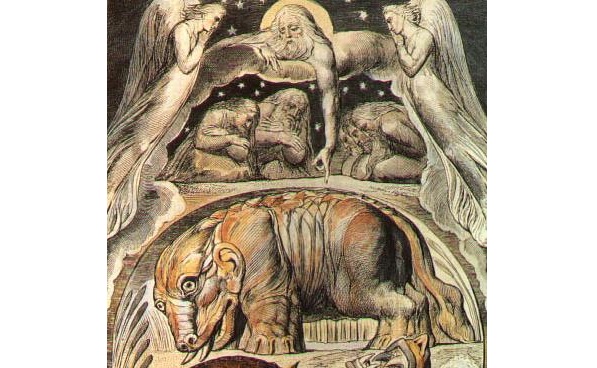
Which makes sense considering hippos are fukking terrifying.


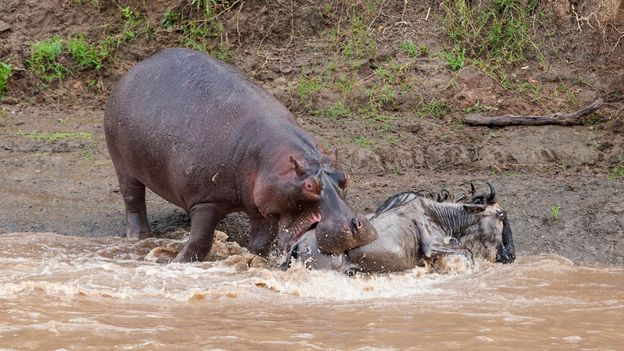

Got some more?
The hippopotamus is almost certainly the inspiration behind the "Behemoth" of Biblical times:

Behold, Behemoth, which I made as I made you; he eats grass like an ox. Behold, his strength in his loins, and his power in the muscles of his belly. He makes his tail stiff like a cedar; the sinews of his thighs are knit together. His bones are tubes of bronze, his limbs like bars of iron. He is the first of the works of God; let him who made him bring near his sword! For the mountains yield food for him where all the wild beasts play. Under the lotus plants he lies, in the shelter of the reeds and in the marsh. For his shade the lotus trees cover him; the willows of the brook surround him. Behold, if the river is turbulent he is not frightened; he is confident though Jordan rushes against his mouth. Can one take him by his eyes, or pierce his nose with a snare?
Which makes sense considering hippos are fukking terrifying.




Got some more?

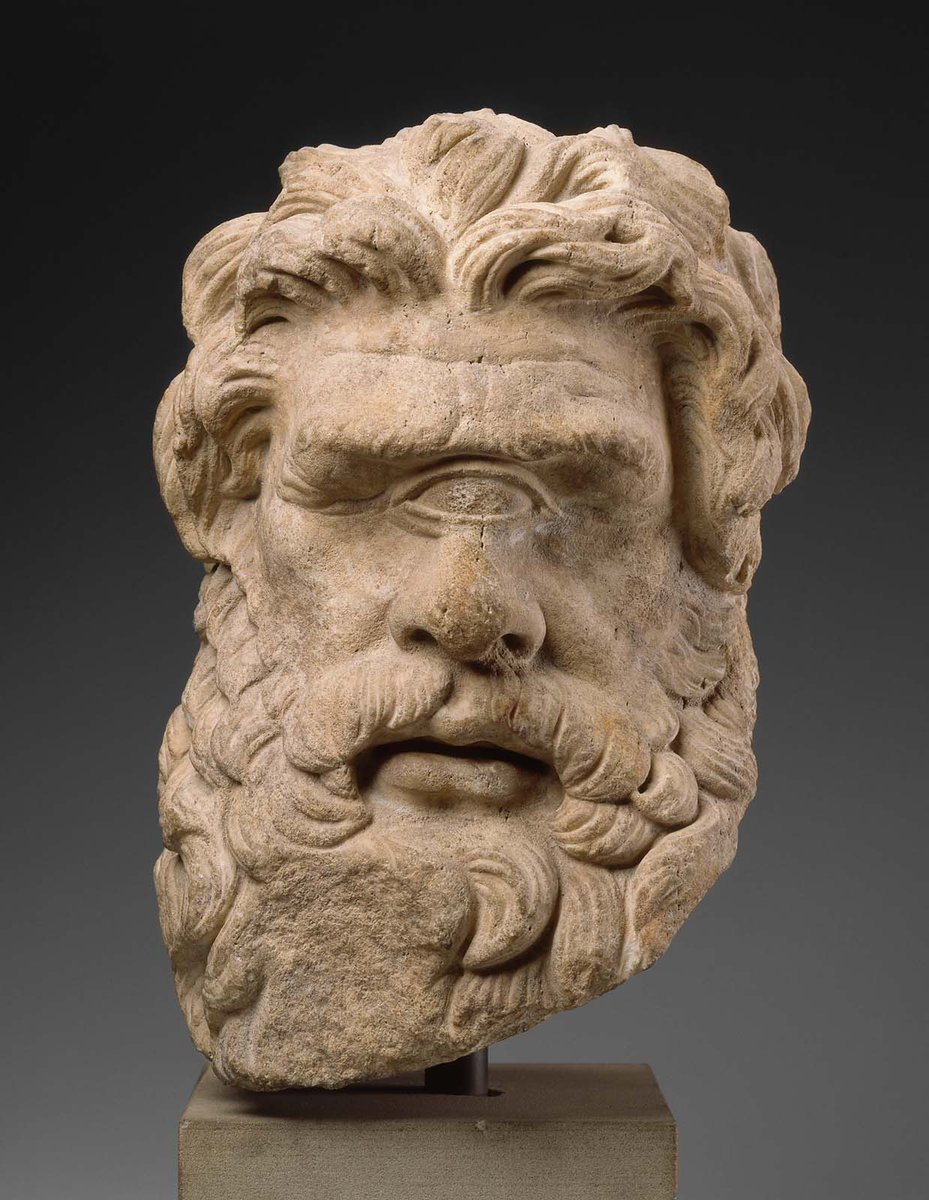

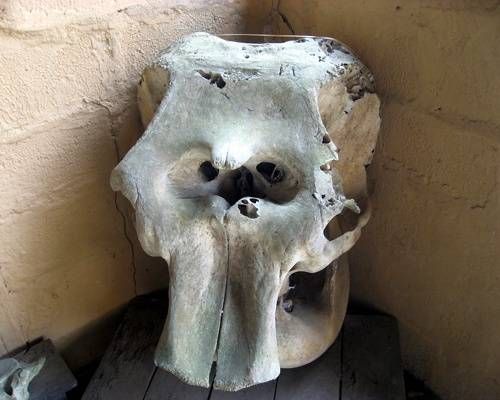









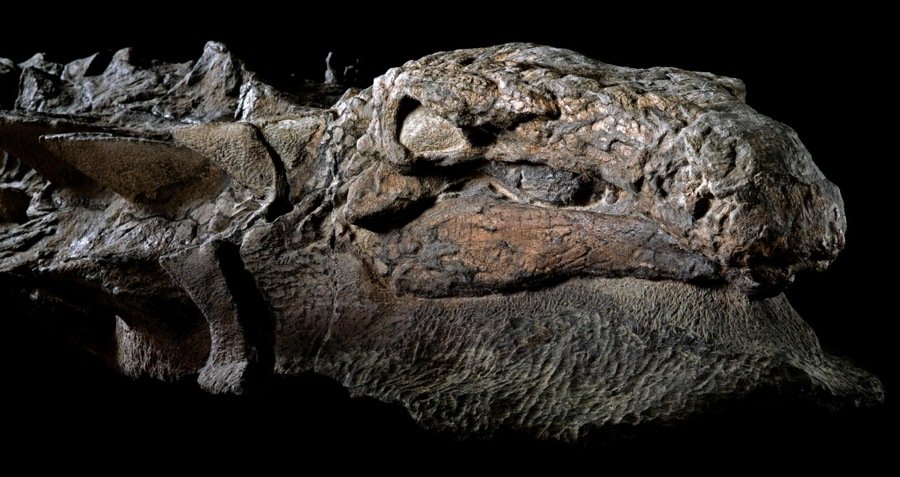
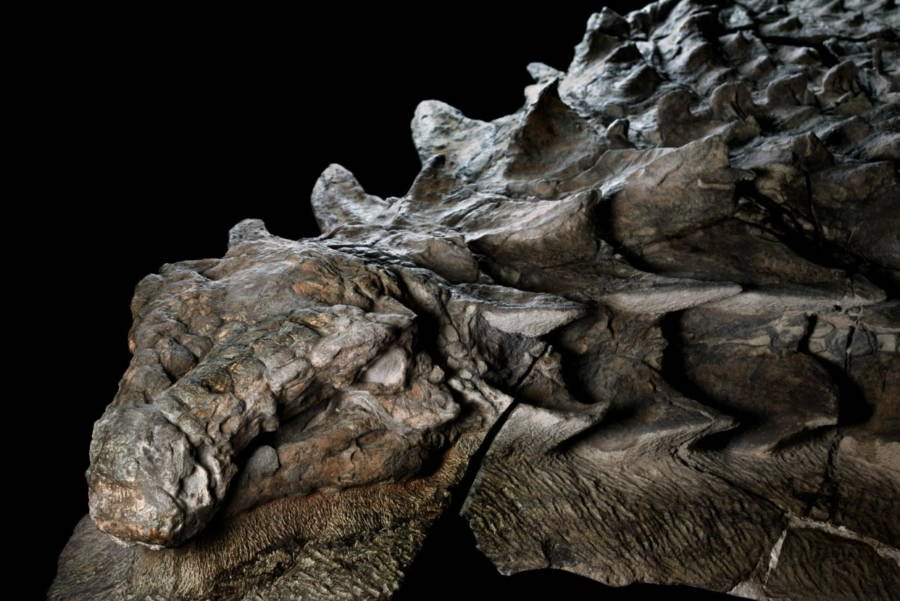
 on that poor sea animal.
on that poor sea animal.



